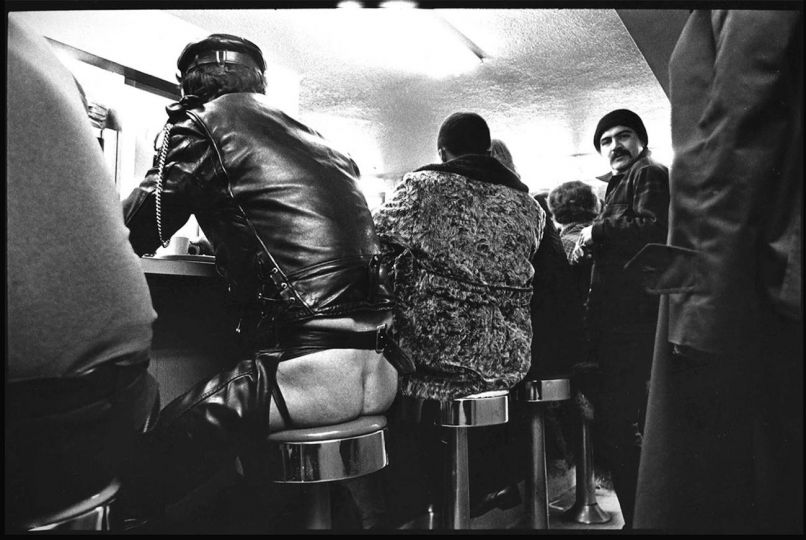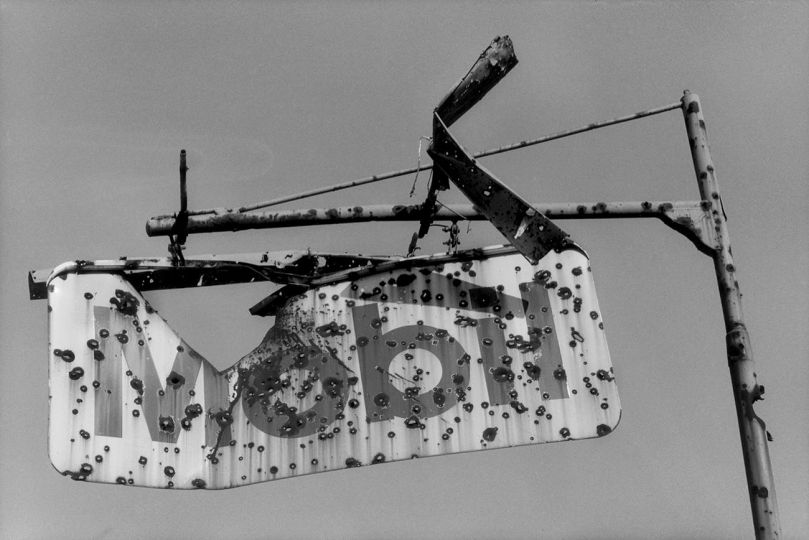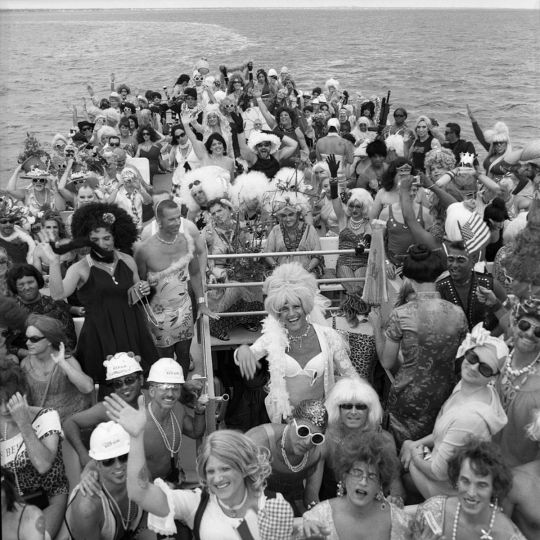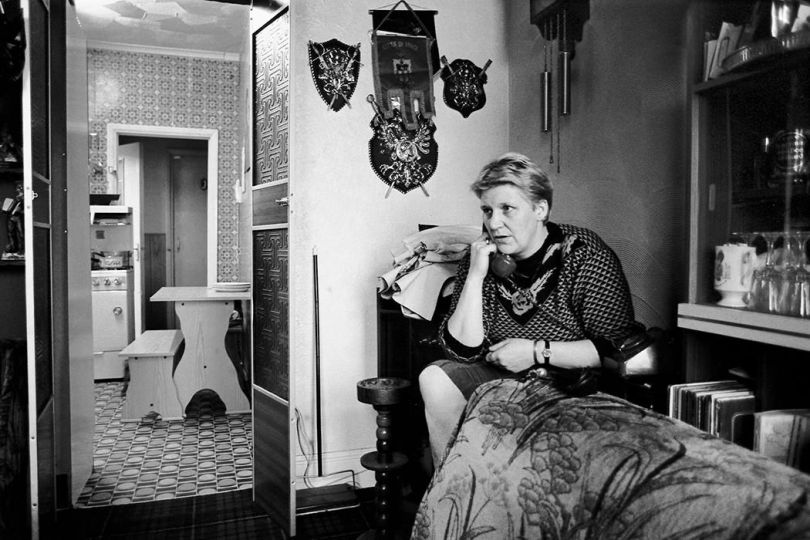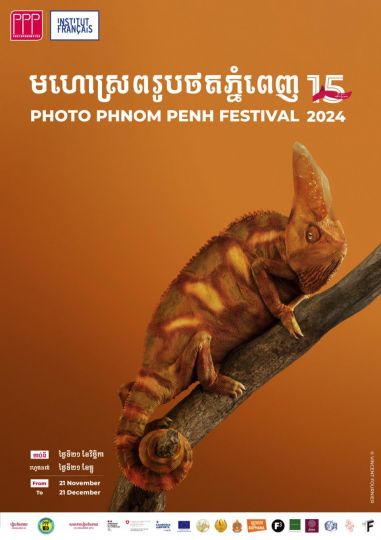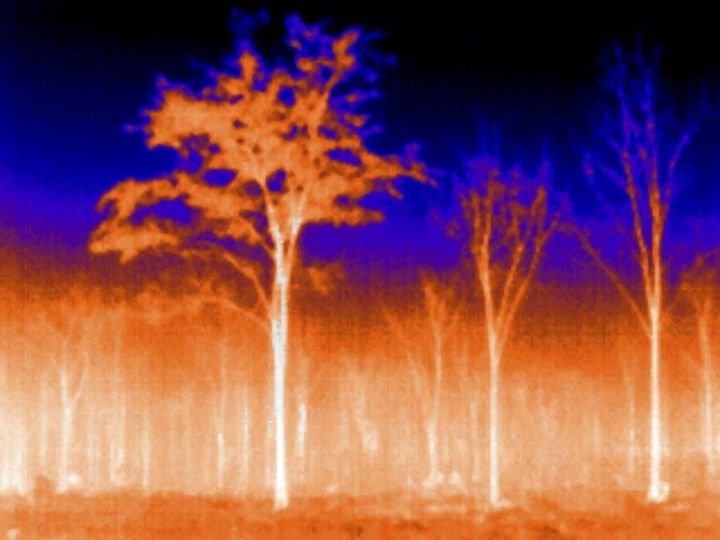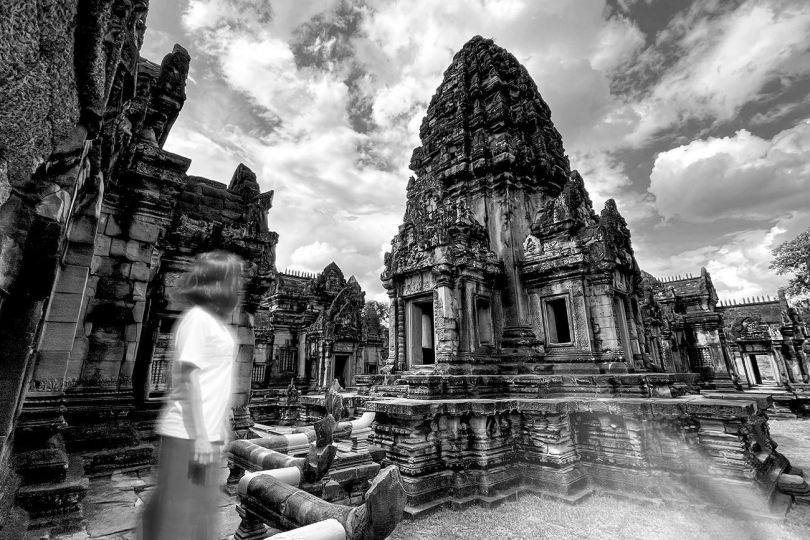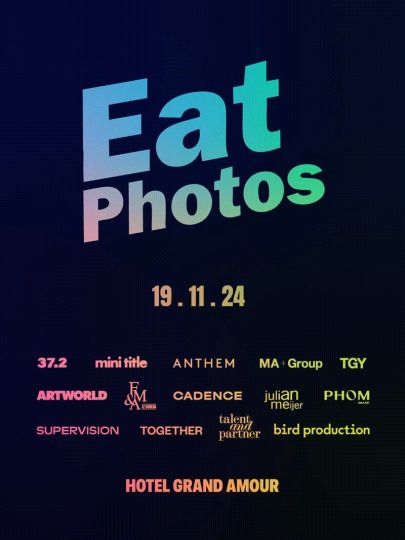In partnership with the Instituto Moreira Salles, the Maison Européenne de la Photographie presents a set of 25 photographs (modern silver prints) by the Brazilian photographer José Medeiros. These images form part of an exceptional reportage dedicated to an initiation ceremony into Candomblé (an Afro- Brazilian religion) in the town of Bahia. Entitled “As Noivas dos deuses sanguinarios” (the Fiancés of the Bloody Gods), it was produced in 1951 for the review O Cruzeiro.
In 1951, José Medeiros, one of the most prestigious photographers of O Cruzeiro review, discovered in A Tarde journal a reportage by Paris Match dedicated to the Candomblé, published on 12th May of the same year. This article, entitled “The possessed of Bahia” and illustrated with 14 photographs by film-maker Henri Georges Clouzot, immediately became the talk of the town and aroused indignation in certain circles. The article was criticised for its sensationalism and the biases which it promoted about the Afro-Brazilian religion which was widespread in the Nordeste of Brazil. However, it was set apart by the quality of its images and the original character of its subject.
Cut to the quick, the editorial team of O Cruzeiro decided to carry out a reportage dedicated to Candomblé and to take the opportunity to present a different view: the view of Brazil on an often concealed aspect of its own culture. The review sent to Bahia its star photographer, José Medeiros, accompanied by the reporter Arlindo Silva. The two journalists set off to find a terreiro – a community where the Afro-Brazilian cult was practised – which would accept them being present during the religious ceremonies and photographing the congregation. The two journalists first ran up against great reticence on the part of the Afro-Brazilian community in Bahia which wanted to keep its rituals secret and which considered photography as a potential source of danger. However, with the help of an intermediary, they were accepted by a secondary terreiro located on the edge of Bahia, which, on that same evening was planning to celebrate the initiation of three novices (Yaôs).
The reportage, published in September 1951, was illustrated by 38 photographs by José Medeiros. They show us the different phases of the initiation ceremony: the reclusion of the novices, the dances, the incisions carried out to the head and arms, the animal sacrifices… As soon as it appeared, the reportage provoked the disapproval of a large section of the Candomblé in Bahia who saw in it the violation of their secrets and the profanation of sacred sites. Despite this, the reportage was immensely successful and made a lasting impression.
Six years later, in 1957, José Medeiros published a work entitled “Candomblé”, illustrated with 65 images, of which nearly twenty were previously unpublished. While the reportage of 1951 was marked by a measure of sensationalism – particularly in the text by Arlindo Silva – this work favoured an anthropological approach and gave pride of place to the photography. The images of José Medeiros suggest rather than show their evocative power.
Despite the polemic that accompanied the publication of the 1951 reportage, the series by José Medeiros dedicated to the Candomblé remains one of the most important photographic works ever carried out on this subject, and was to make its mark in the history of Brazilian photojournalism.
In 2005, the 20,000 negatives and prints of José Medeiros were added to the iconographical resources of the Instituto Moreira Salles. 52 years after the first publication of the work Candomblé, this major Brazilian cultural institution has taken the initiative to re-publish an augmented version of this publication.



